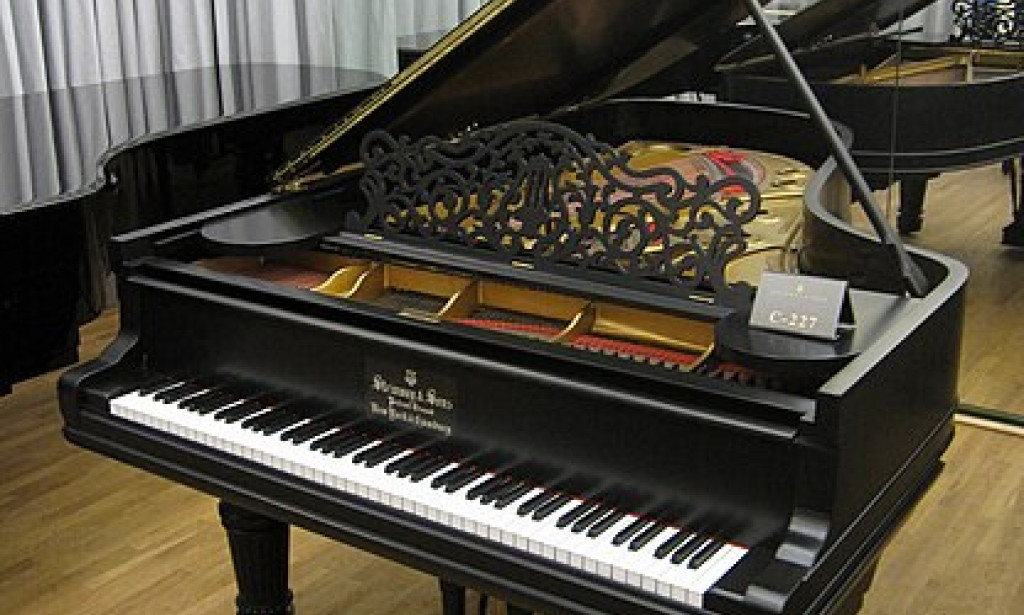Playing the piano involves understanding music theory, developing hand-eye coordination, and practicing regularly. Here's a step-by-step guide to get you started:
1. *Learn the basics*:
- Familiarize yourself with the piano keyboard layout.
- Understand music notation, including notes, rests, dynamics, and articulation.
2. *Develop hand position and finger placement*:
- Sit comfortably with good posture.
- Place your right hand on the right side of the keyboard and your left hand on the left side.
- Number your fingers: thumb (1), index (2), middle (3), ring (4), and pinky (5).
3. *Start with simple exercises and songs*:
- Begin with finger exercises like Hanon exercises or finger stretches.
- Learn simple songs like "Twinkle, Twinkle, Little Star" or "Mary Had a Little Lamb".
4. *Practice reading sheet music*:
- Understand the staff, clefs, notes, rests, dynamics, and articulation.
- Practice reading sheet music with your right and left hands separately.
5. *Learn chords and scales*:
- Start with basic chords like C, G, Am, and Em.
- Learn the C major scale and other scales.
6. *Explore different genres and styles*:
- Try playing classical, jazz, or popular music.
- Experiment with different rhythms and techniques.
7. *Take lessons or online courses (optional)*:
- Consider taking lessons from a qualified piano teacher.
- Online resources like YouTube tutorials, Piano Nanny, or Piano Marvel can also be helpful.
Remember, consistent practice and patience are key to improving your piano skills. Start with short practice sessions (15-20 minutes) and gradually increase the duration as you become more comfortable.

You must be logged in to post a comment.